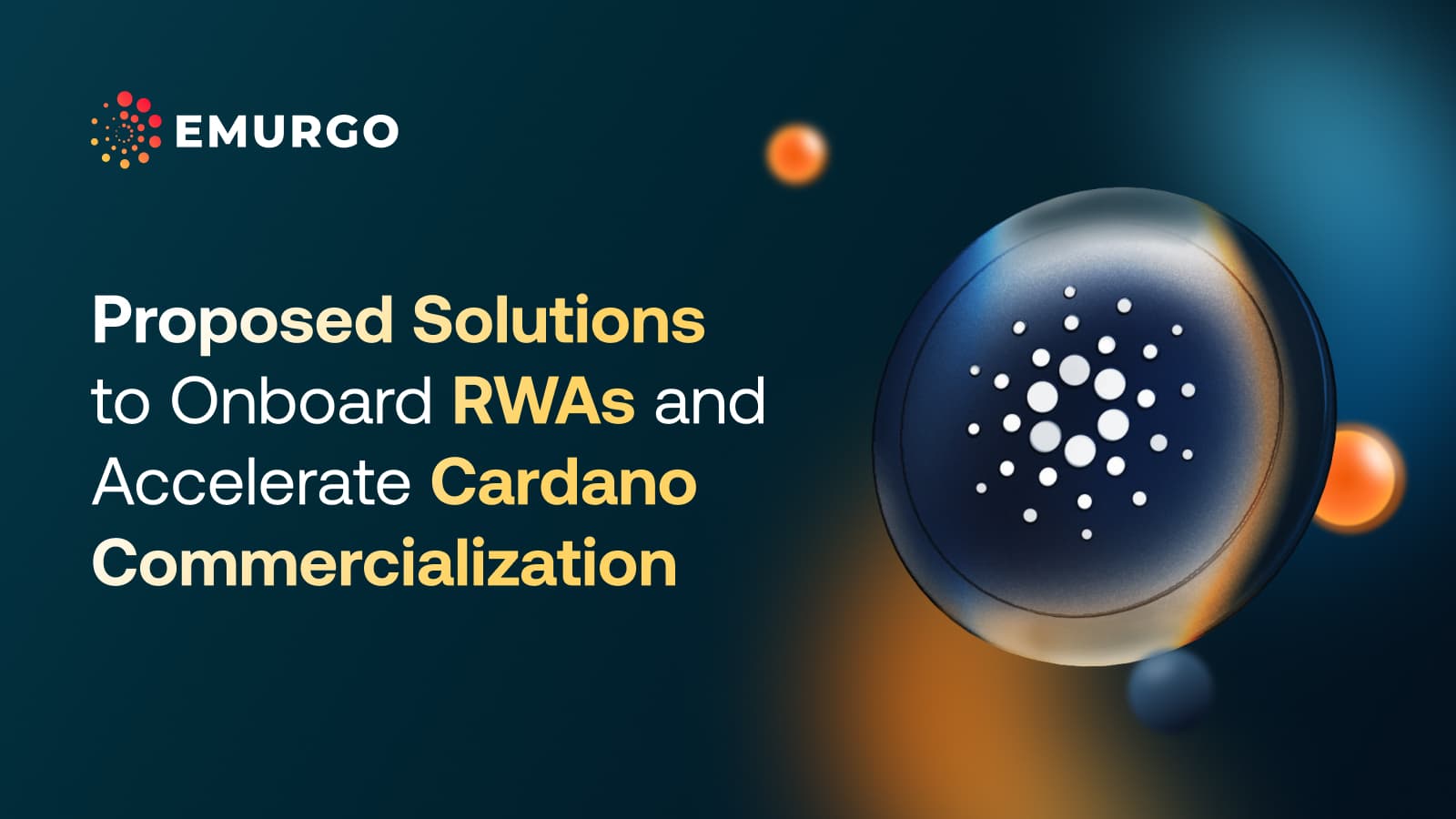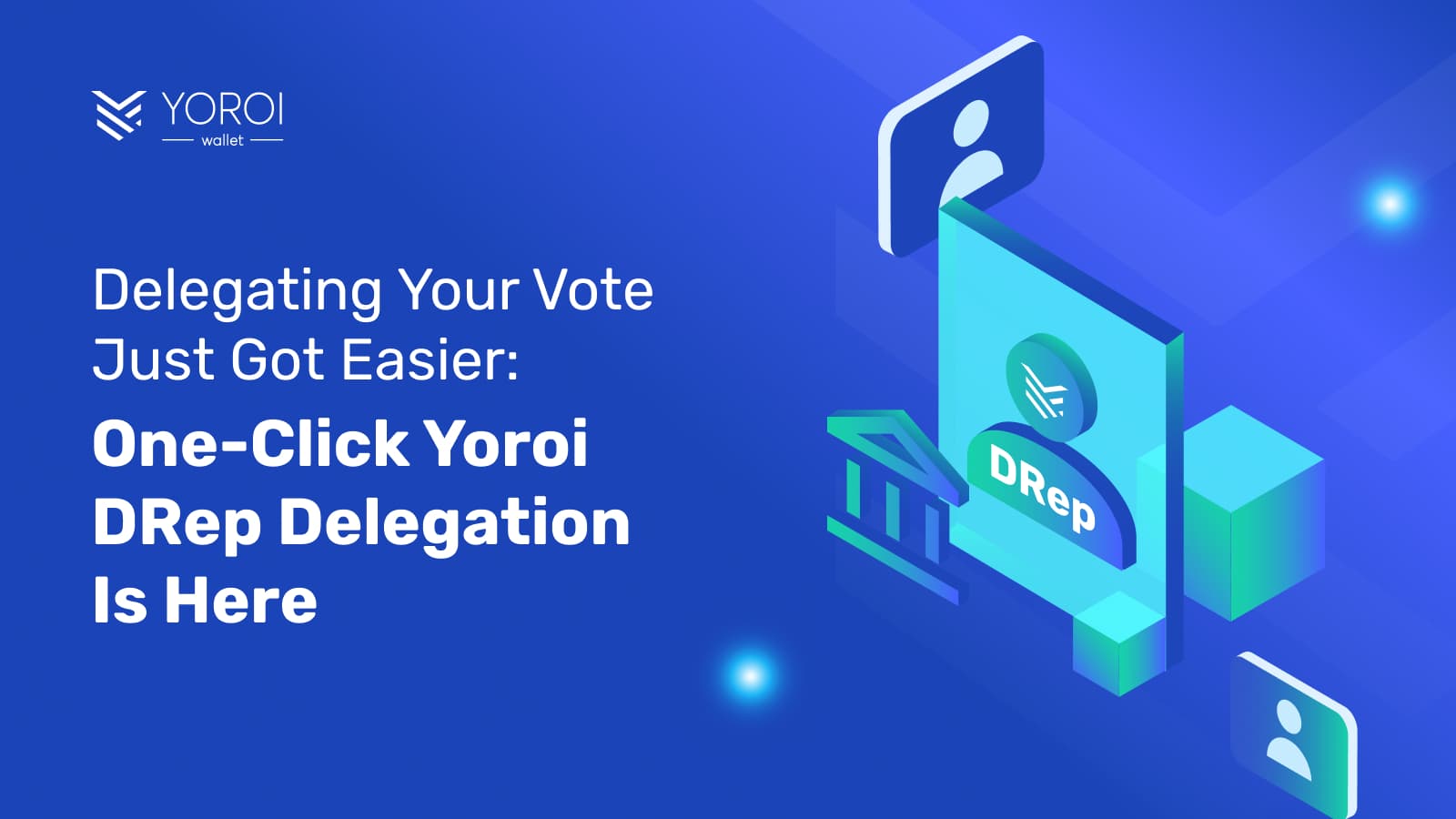In this “DeFi Basics” blog series, we look at the fundamental tools and parts of the DeFi (decentralized finance) ecosystem. In this blog, we discuss the concept of liquidity mining.
During the initial DeFi boom of 2020 and 2021, liquidity mining was another service that grew in popularity among both users seeking DeFi products and developers looking to build new DeFi products.
Let’s go over the basics of liquidity mining, its potential benefits, and its potential risks.

Liquidity mining is a DeFi mechanism where users provide their crypto token holdings to DEXs (decentralized exchanges) and receive LP tokens (liquidity pool tokens) in return. As part of the exchange, the LP tokens are used to calculate a reward based on the fees accumulated by the pool which is divided among all the LP token holders.
After some time, the user can exchange the LP tokens for their assets inside the liquidity pool. Once this is done, the fees accumulated by the pool are also redeemed, these are based on the amount of liquidity provided proportional to the total inside the pool. Also, the fees generated depend on how often people use the pool to swap tokens, popular token pairs generate more fees for the liquidity providers.
Users looking to borrow funds access these DeFi platforms and liquidity pools and pay an interest fee.
There is a trade-off between providing liquidity and the popularity of a pool. Pools that have a large number of liquidity providers and popular token pairs provide small fees. On the other hand, pools that are small with relatively unknown tokens and few liquidity providers give high reward fees. The latter is contingent on the pool being used, if no one is using the pool no fees are generated.
This means liquidity providers have to constantly weigh the size and popularity of the pool versus the rewards it can potentially offer.
A DEX cannot operate without users adding liquidity to the different pools and token pairs. That’s why the DEX is willing to split the fee rewards with the liquidity providers and attract more into a pool.
The share of the pool owned by a single liquidity provider is what’s used to calculate rewards. So, to understand the revenue, a user has to multiply the percentage owned by the individual pool by the amount of fees generated in a period. This gives an estimate of the gains when providing liquidity.
This is only an estimate since a pool can become more active in the future. If a pair of tokens sees a lot of trading then the amount of fees generated will also increase. There is a timing component to liquidity mining, as users can gain more fees when they provide tokens to pools not yet popular but with the potential to become popular shortly.
The balancing act between the two poles determines the success of a liquidity provider. It’s important to constantly check the performance of a pool and search how other pools are performing. Allocating assets accordingly will maximize the returns.
To start in liquidity mining it’s important to first identify a reputable DEX on a decentralized blockchain such as Cardano.
- Go to a popular and reputable DEX by finding the proper URL.
- Connect your crypto wallet to the platform.
- Choose to add liquidity.
- Select the token pair.
- Add the pair of tokens in the correct proportion.
At first, it’s better to add small amounts of liquidity to popular pools in major DEXs. This will allow the user to get used to the system and calculate the profits. Track the fees accumulated during a period and compare them with the estimations made at the start. The exercise will improve future estimates and help you identify potential new pools.

One risk present is impermanent loss, which is when the deposited tokens drop in value compared to the time when deposited.
Other risks include:
- Rug Pulls
A rug pull is a type of fraud that occurs when liquidity pool creators and DeFi developers decide to close suddenly a pool and retrieve the liquidity.
The project’s developers will create a pool in a DEX and add another pair, often the main cryptocurrency of the network like ADA, or a stablecoin like iUSD. They inflate trading with a bunch of fake accounts, this depletes the project’s token in the pool and increases the amount of the other token.
At some point, they decide to remove all the liquidity and close all the positions. This crashes the project’s value, but since all the original accounts now hold more of the trading pair token than the project’s token, they make more money on average.
In some cases, DEXs can be complicit in the scam, that’s why it’s important to use DEXs with an established history of transactions.
- DEX exploits
Another risk is DEX exploits. The liquidity provider locks the tokens in the pool when providing liquidity. This means that they are under the control of the smart contract of the pool. If the smart contract is hacked, the attackers can claim all the assets locked in it.
This has happened many times on other networks. Cardano is unique because it has never suffered a malicious breach of smart contracts in its entire history. The risk of this happening on Cardano is lower than in other blockchains, but it’s still something to keep in mind.
Liquidity mining can be a great tool to gain passive income. The liquidity provider has to choose a proper mix of established large pools that give low fees but at a steady pace, combined with smaller pools with few competitors but fewer users.
The key to being successful is to constantly track the fee rewards and migrate the liquidity between successful pools and those that underperform.
It is important to always remember that DeFi does carry many risks as it is decentralized and there is no legal mechanism to cover or safeguard user funds in case of hacks or security breaches. Users are expected to assume full responsibility for their actions.
Want to learn about the future of finance?
EMURGO and the Institute of Blockchain Singapore are organizing 2-day DeFi workshop in early 2024 with speakers from EMURGO, EMURGO Academy, and other top companies in the blockchain space.
The workshop will provide you with comprehensive insights into the world of DeFi and where it is headed. This workshop is specifically tailored for finance professionals.
For more workshop information including dates and registration info, please visit the official registration page here.
About EMURGO
- Official Homepage: emurgo.io
- X (Global): @EMURGO_io
- YouTube: EMURGO channel
- Facebook: @EMURGO.io
- Instagram: @EMURGO_io
- LinkedIn: @EMURGO_io
Disclaimer
You should not construe any such information or other material as legal, tax, investment, financial, or other advice. Nothing contained herein shall constitute a solicitation, recommendation, endorsement, or offer by EMURGO to invest.



